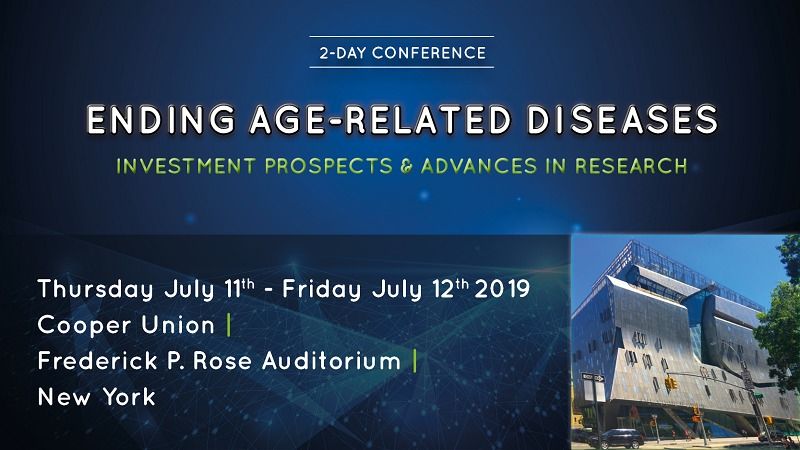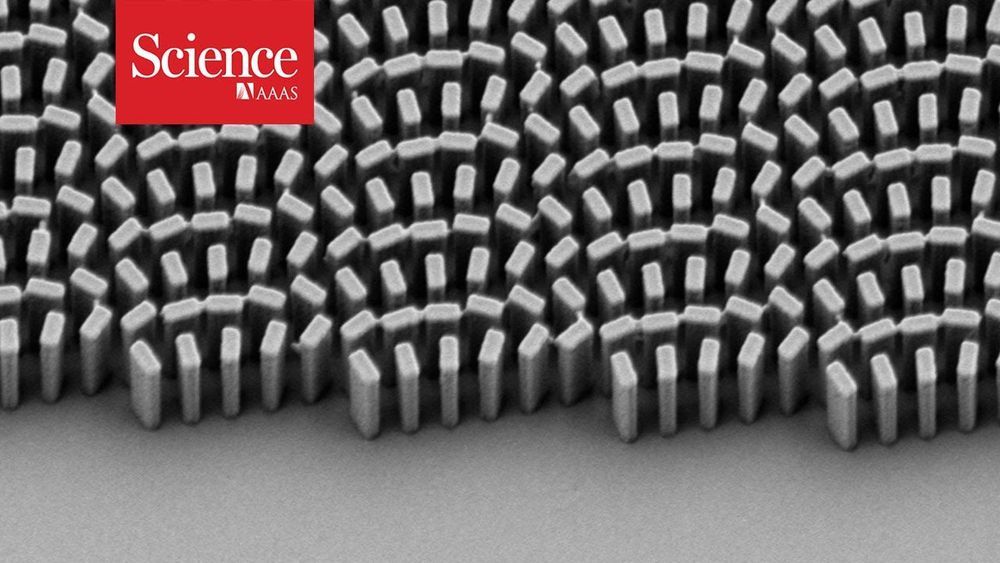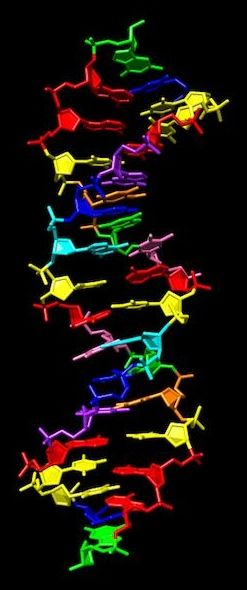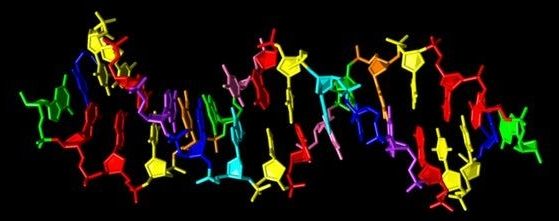Feb 22, 2019
Ending Age-Related Diseases Conference: February Update
Posted by Steve Hill in categories: biotech/medical, business, life extension
July 2019 will see the launch of our second Ending Age-Related Diseases conference at the Frederick P. Rose Auditorium, Cooper Union in New York City. The event was so popular last year that we decided to expand it to two full days of science and biotech business this year.
We will be bringing you the latest aging research, investment, and business knowledge from some of the top experts in the industry. We will be packing two days full of talks from and discussion panels with the people who are developing the technologies that could change the way we regard and treat aging forever.
With just over a month left to grab a lower-cost early bird ticket for the event, we thought that it would be a good opportunity to take a look at what we have in store. We have already announced lots of inspiring speakers from the research and business sectors of the industry, and here are just a few of them.
Continue reading “Ending Age-Related Diseases Conference: February Update” »

















